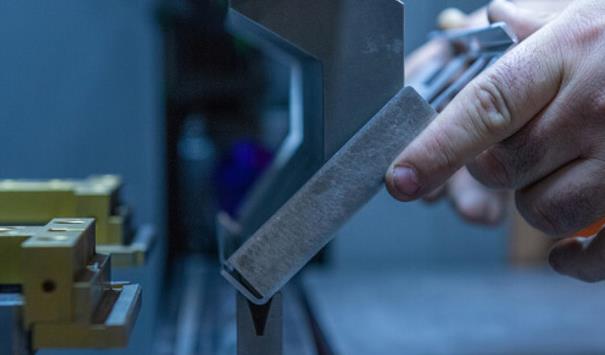- Jan 11, 2024
Sheet metal fabrication is a process that involves shaping and manipulating thin sheets of metal into various forms and structures. This versatile manufacturing technique finds extensive application in industries ranging from automotive and aerospace to construction and electronics. By leveraging specialized tools and techniques, sheet metal fabrication offers numerous advantages, including ease of customization, cost-effectiveness, and high durability.
1. The Materials Used in Sheet Metal Fabrication
Sheet metal fabrication employs a wide range of metals, including steel, aluminum, copper, brass, and titanium. Each material offers distinct properties and advantages, making them suitable for specific applications. For instance, steel is known for its strength and durability, while aluminum is lightweight and corrosion-resistant. The choice of material depends on factors such as the intended use, environmental conditions, and budget.
2. Essential Tools and Equipment
To shape and manipulate sheet metal effectively, various tools and equipment are employed in the fabrication process. These include shears for cutting, press brakes for bending and folding, rollers for shaping cylindrical forms, and welding machines for joining metal components. Advanced computer-controlled equipment, such as CNC machines and laser cutters, have revolutionized the sheet metal fabrication industry, enabling precise and efficient production.
3. Common Fabrication Techniques
Sheet metal fabricating employs several techniques to transform raw sheets of metal into finished products. These include cutting, bending, forming, welding, and assembly. Cutting can be achieved through sawing, shearing, or laser cutting, depending on the desired outcome. Bending involves the use of specialized machines that apply force to create bends and angles in the metal. Forming techniques, such as deep drawing and rolling, are used to shape the metal into complex structures.
4. Applications of Sheet Metal Fabrication
Sheet metal fabrication finds application in numerous industries and products. In the automotive sector, it is used to manufacture car bodies, chassis, and exhaust systems. In construction, it is employed for roofing, siding, and structural components. Additionally, it is widely used in electronics for manufacturing enclosures, cabinets, and heat sinks. The aerospace industry extensively relies on sheet metal fabrication for producing aircraft parts and components.
5. Advantages and Considerations
There are several advantages to utilizing sheet metal fabricating. Firstly, it allows for high levels of customization, ensuring that the final product meets specific design requirements. Secondly, it is a cost-effective manufacturing method suitable for both small-scale and large-scale production. Furthermore, sheet metal components are known for their durability, strength, and resistance to environmental factors. However, it is essential to consider factors like material choice, design complexity, and production lead times when opting for sheet metal fabrication.
Conclusion
Sheet metal fabrication is a versatile manufacturing process that offers a wide range of possibilities for shaping and transforming thin metal sheets. With the right materials, tools, and techniques, manufacturers can produce intricate and durable components for various industries. Whether it is for automotive, construction, electronics, or aerospace applications, sheet metal fabrication remains an indispensable method for creating high-quality metal products.


